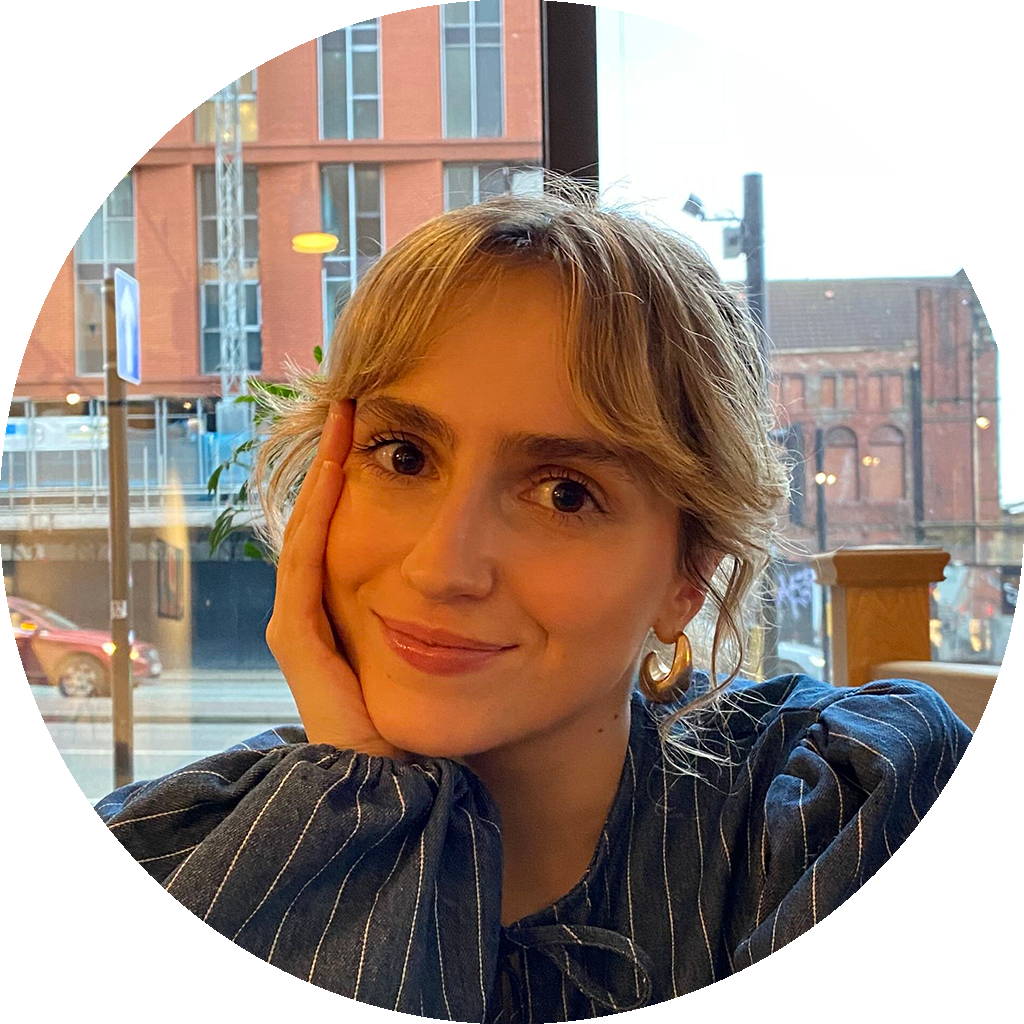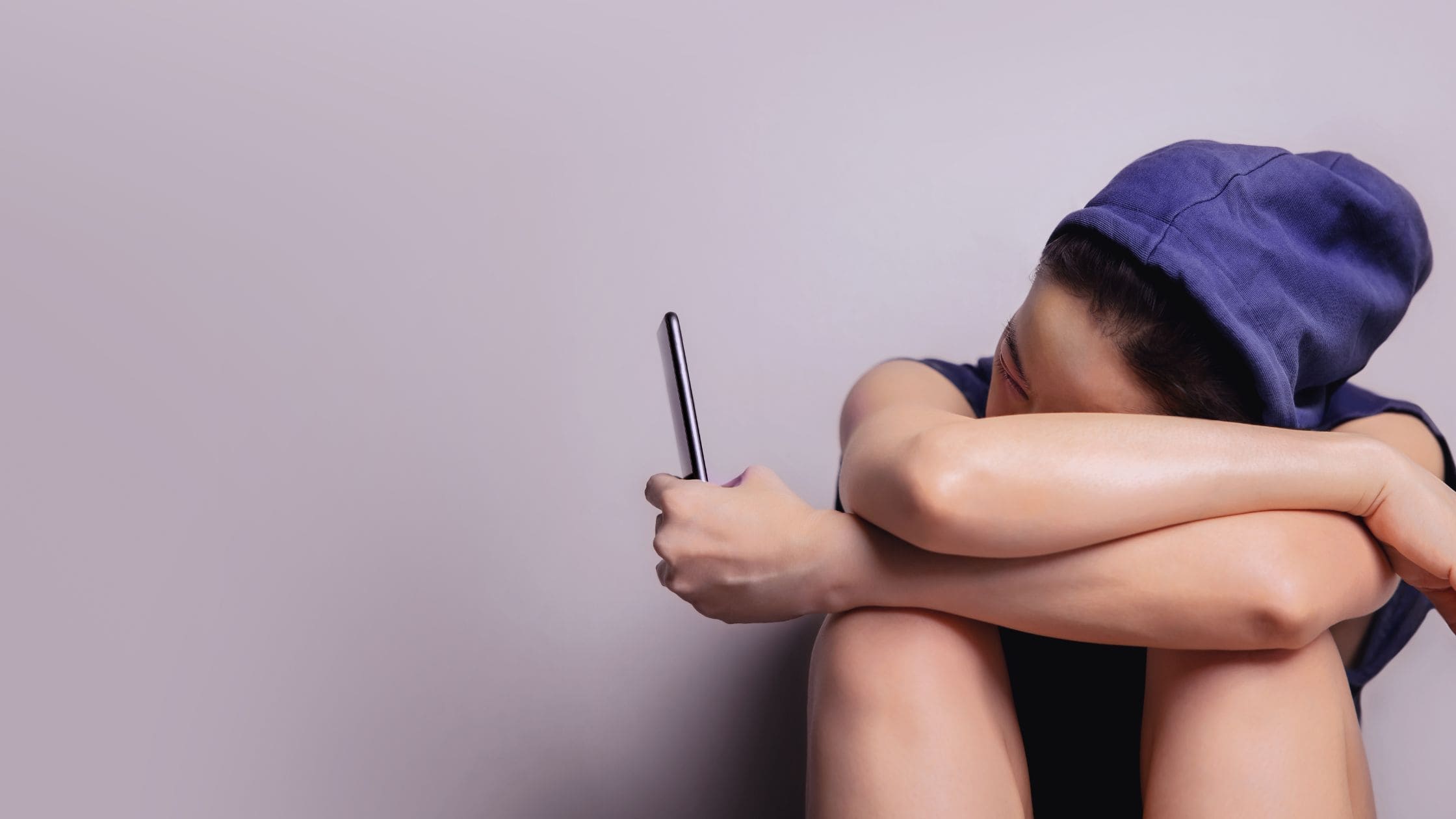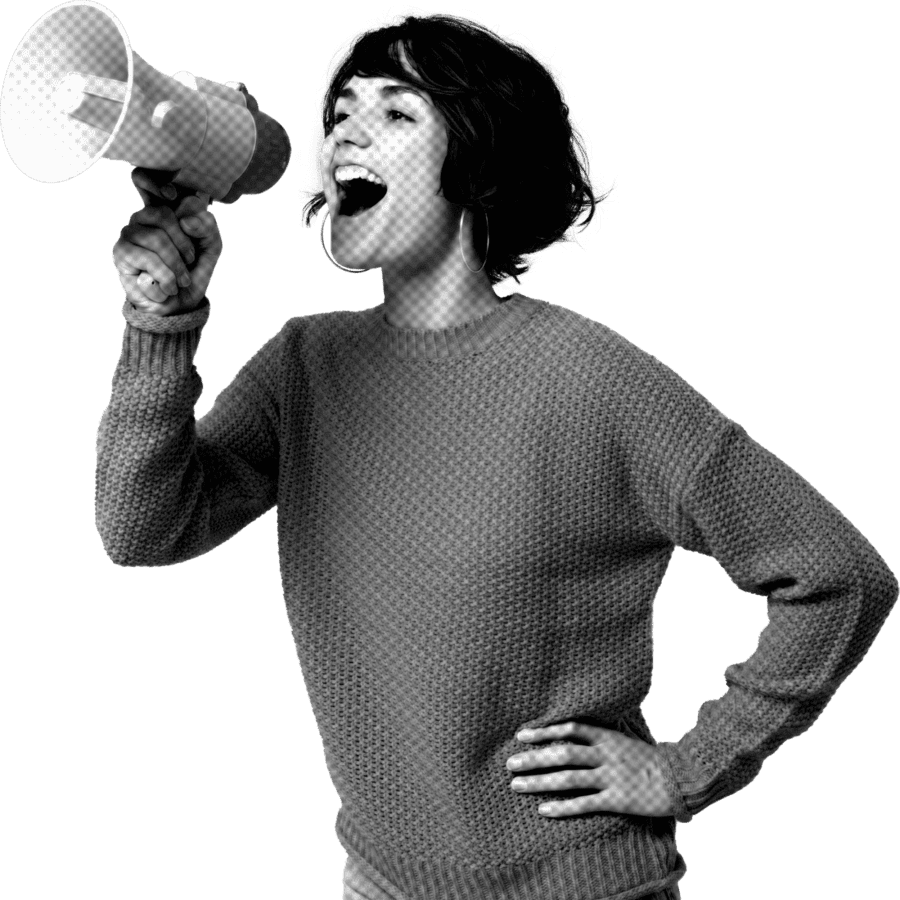Podcasting has become a go-to medium for sharing narratives, insights, and knowledge with a global audience. However, as the realm of podcasting continues to grow, the importance of ensuring accessibility for all listeners, including those with disabilities, cannot be overstated. At Purple Goat, inclusivity is at the heart of what we do, and with that ethos, we’re offering today a comprehensive guide to enhance the accessibility of your podcast, allowing everyone to enjoy your work!
How to Make Your Podcast Accessible
- Provide Transcripts
Providing transcripts is a great step in making your podcast accessible. Transcripts allow individuals who are deaf or hard of hearing to engage with your content, but also, many individuals, regardless of hearing ability, appreciate having a text version to reference or read along with. Offering transcripts is an acknowledgement of diverse listening needs and a move towards inclusivity. If for some reason this is not available to you, point 3 below could be a good alternative.
- Ensure Your Sound & Website are Accessible
Quality sound is key in delivering a pleasant listening experience. For individuals with hearing difficulties, clear and well-modulated sound can make a significant difference. Invest in a good microphone, consider acoustically friendly recording environments, and employ sound editing to eliminate background noise and enhance clarity. By prioritising accessibility in both external podcast platforms and your own website, you broaden your audience reach and showcase a commitment to inclusivity, providing a seamless listening experience for all.
- Consider Also Recording Your Podcast as a Video
Expanding your podcast into video format can significantly enhance accessibility. A video format caters to individuals who benefit from visual cues, such as lip-reading or facial expressions. Additionally, video podcasts can be enriched with visual aids like captions and on-screen text, providing a richer, more inclusive experience.
- Use Accessible Language
Using clear, simple, and jargon-free language makes your podcast more accessible to individuals for whom English might be a second language, or who may have cognitive disabilities. It also makes your podcast more enjoyable and easier to follow for all listeners.
- Provide Captions
For video podcasts, captions are a necessity. They provide a textual alternative to spoken words and sounds, making your content accessible to individuals who are deaf or hard of hearing. But try avoiding one word lines of text, as not everyone has the same processing ability, and some of your audience might need a longer sentence that will be on screen for a bit longer, to really understand what’s being said.
- Ensure Podcast Marketing is Accessible
Your marketing efforts should also reflect a commitment to accessibility. Ensure that promotional materials, social media posts, and other marketing assets are accessible. This includes providing alt text for images and descriptions for your videos, ensuring websites are navigable, using inclusive language, and if you create podcast covers for your videos, make sure that their design is accessible (check out this Purple Goat podcast episode to learn some basics about inclusive design).
Why is it Important that Podcasts are Accessible?
Accessibility in podcasting transcends the auditory experience, bridging gaps and fostering inclusivity. When podcasts are accessible, they cater to a diverse spectrum of listeners, including those with hearing impairments or other disabilities. This inclusivity not only broadens the audience base but also enriches the dialogue, bringing in a wealth of perspectives that might otherwise be overlooked. It’s also worth noting that accessible podcasts demonstrate a level of consideration and respect for all listeners, showcasing a commitment to creating a more inclusive digital landscape which can enhance a brand or business reputation.
The Podcast Accessibility Lawsuit
On December 14, 2021, a significant lawsuit was announced by the National Association of the Deaf (NAD) and Disability Rights Advocates (DRA), targeting major podcast providers SiriusXM, Stitcher, and Pandora. The lawsuit challenged the inaccessibility of these platforms, underscoring the lack of transcripts and captions, which are crucial for deaf and hard-of-hearing individuals to engage with podcast content. The legal action aimed to cease the exclusion of these individuals from accessing extensive podcast streaming services offered by these providers.
This lawsuit not only highlighted the legal obligation podcast creators have towards ensuring accessibility but also brought to light the moral imperative of inclusivity within the podcasting community. By setting a precedent in the legal realm, the Podcast Accessibility Lawsuit underscored the importance of providing captions and transcripts, urging podcast creators and platforms alike to prioritise accessibility and cater to the needs of all listeners.
Concluding Thoughts – Podcast Accessibility
The journey towards creating an accessible podcast is a rewarding one. It not only broadens your audience base but also enriches the podcasting community by fostering inclusivity and diversity. By following the steps outlined in this guide, you’ll be on your way to creating a podcast that is enjoyable and accessible to all!
Immerse in a dialogue around inclusion, marketing and accessibility with the Purple Goat Podcast – a platform dedicated to shedding light on marketing and disability topics. Join us as we explore the multiple ways in which we can make the digital world a more inclusive space for everyone.
If you want help with making your podcasts (or business as a whole) more accessible, why not get in touch with the Purple Goat team?




